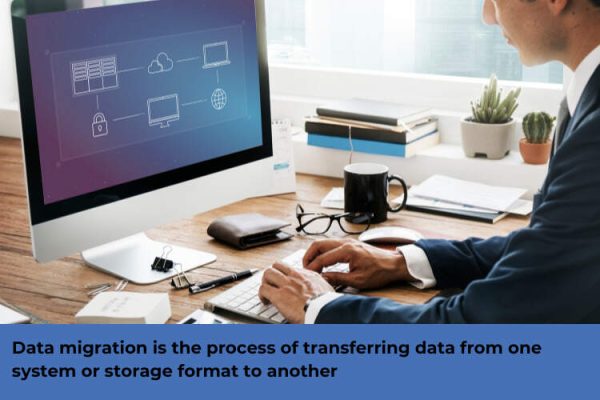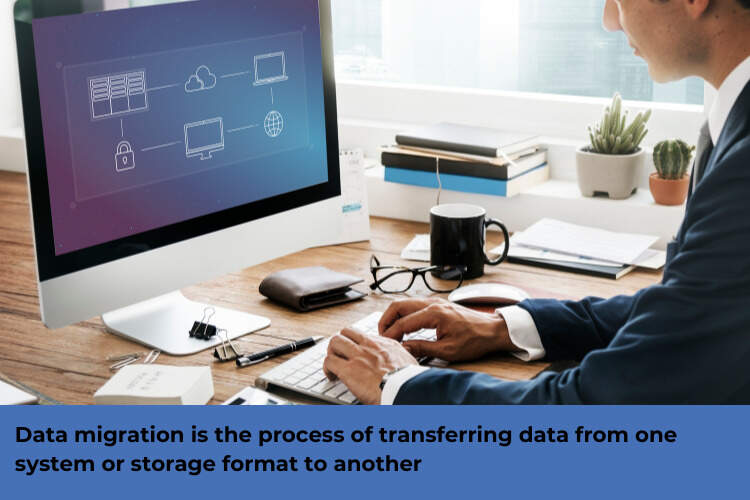
Data migration is the process of transferring data between different storage types, formats, or systems. It is a critical operation for businesses undergoing system upgrades, consolidations, or migrations to new platforms. Effective data migration strategies are essential to ensure the integrity, security, and reliability of data throughout the transition process.
Understanding the Need for Data Migration
Legacy System Upgrades: Businesses often need to migrate data from outdated or legacy systems to modern platforms to leverage new features and technologies.
Business Mergers and Acquisitions: Data migration is necessary when companies merge or acquire other businesses to integrate disparate systems and unify data repositories.
Cloud Adoption: Moving data from on-premises infrastructure to cloud-based platforms requires careful planning and execution to ensure a smooth transition.
Challenges and Risks
Data Integrity:
Ensuring that data remains accurate and consistent throughout the migration process is crucial to prevent errors or data loss.
Downtime: Minimizing downtime during data migration is essential to maintain business continuity and avoid disruptions to operations.
Compatibility Issues: similarly .Migrating data between different systems or formats may encounter compatibility issues that require careful consideration and resolution.
Security Concerns: Protecting sensitive data during migration is paramount to prevent unauthorized access or data breaches.
Key Principles of Data Migration Strategy
Planning and Analysis: Conducting a thorough assessment of existing data assets, dependencies, and requirements is essential to develop a comprehensive migration plan.
Data Profiling and Cleansing: Analyzing and cleansing data to identify inconsistencies, duplicates, or errors helps ensure data quality and integrity post-migration.
Data Mapping and Transformation:
Mapping data fields between source and target systems and defining transformation rules are critical for ensuring data consistency and compatibility.
Testing and Validation:
Performing rigorous testing and validation of migrated data against predefined criteria helps identify and resolve issues before finalizing the migration accordingly
Data Migration Strategies
Big Bang Migration:
Involves migrating all data in a single operation, which can be faster but carries higher risks of downtime and data loss.
Phased Migration:
Divides the migration process into multiple phases or iterations, allowing for gradual transition and risk mitigation similarly
Parallel Migration: Runs old and new systems concurrently during the migration process, enabling real-time data synchronization and minimizing downtime accordingly
Hybrid Migration:
Combines multiple migration strategies to suit specific data requirements, such as migrating critical data first followed by less critical data accordingly
Best Practices
Establish Clear Objectives and Goals:
Define clear objectives and success criteria for the migration project to guide decision-making and measure outcomes accordingly
Engage Stakeholders:
Involve key stakeholders from IT, business, and data management teams early in the migration process to ensure alignment and collaboration accordingly
Monitor and Measure Performance: similarly Implement monitoring tools and metrics to track migration progress, identify bottlenecks, and optimize performance accordingly
Document and Communicate: Document migration processes, procedures, and outcomes comprehensively and communicate them effectively to stakeholders accordingly
